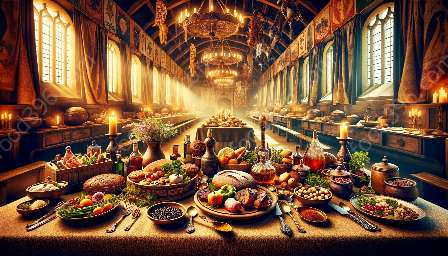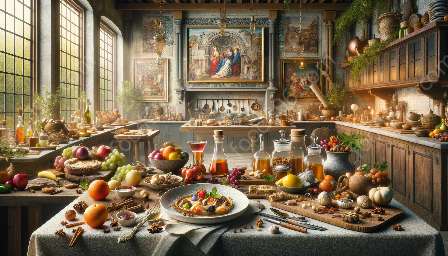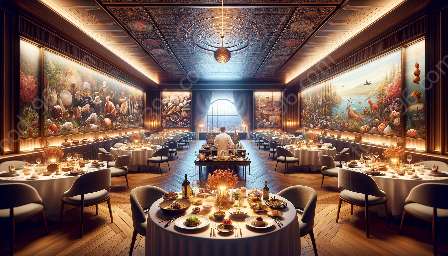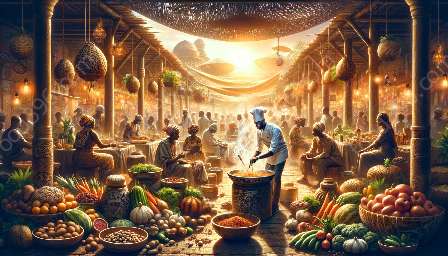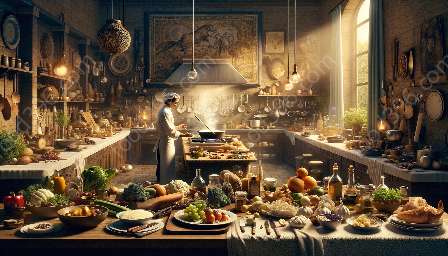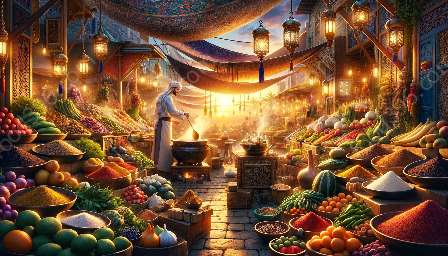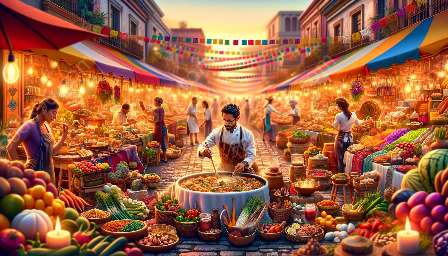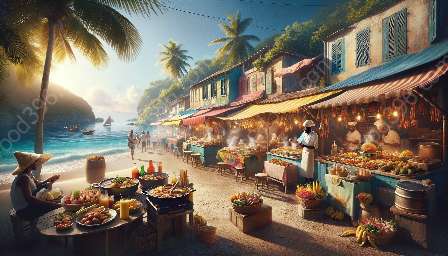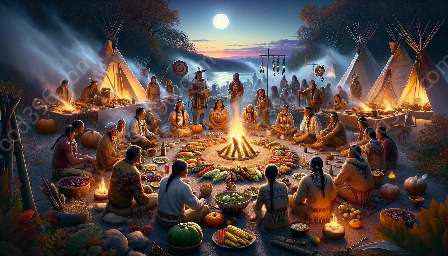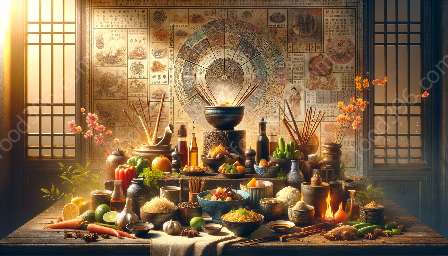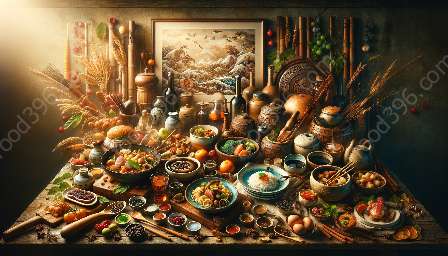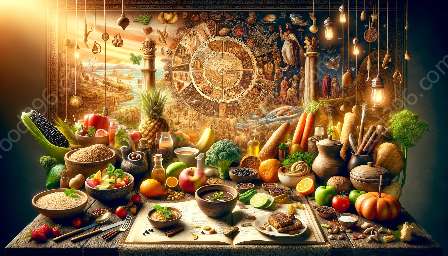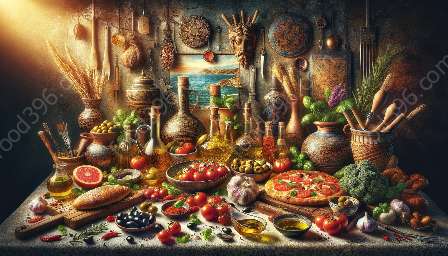Medieval cuisine offers a captivating glimpse into the food and drink of the Middle Ages, an era of rich culinary history shaped by the influences of diverse cultures, trade routes, and culinary innovations. This topic cluster delves into the vibrant tapestry of medieval cuisine, exploring the ingredients, cooking techniques, dining customs, and social significance of food and drink during that period.
The Influences of Medieval Cuisine
Medieval cuisine was profoundly influenced by a confluence of cultures, including Germanic, Roman, Byzantine, Arab, and Viking traditions. The Crusades, trade routes, and the exchange of goods and ideas between different regions facilitated the introduction of new ingredients and culinary techniques, giving rise to a melting pot of flavors and culinary practices. The fusion of these diverse influences created a distinctive and dynamic culinary landscape that continues to intrigue historians and gastronomes.
Ingredients and Flavors
The availability of ingredients varied greatly across different regions and social classes in medieval Europe. Common staples of the medieval diet included grains such as barley, wheat, and rye, as well as legumes, vegetables, fruits, and dairy products. Spices and herbs, such as cinnamon, cloves, nutmeg, and ginger, added depth and complexity to dishes, reflecting the influence of trade and exploration on medieval cuisine. The use of honey and fruit juices for sweetening, along with the occasional inclusion of exotic ingredients like saffron and almonds, showcased the culinary aspirations of the medieval aristocracy and the emerging merchant class.
Cooking Techniques and Innovations
Medieval kitchens, whether in noble households or humble cottages, were alive with the sounds and aromas of culinary artistry. Open hearths, cauldrons, spits, and bake ovens were the primary tools of the trade, and skilled cooks employed a variety of techniques such as roasting, boiling, braising, and stewing to prepare an array of dishes. With the gradual introduction of new ingredients and cooking methods from other cultures, medieval cooks expanded their repertoire and embraced culinary innovations that would leave a lasting impact on future generations.
Dining Customs and Social Significance
Food and drink held significant social and cultural importance in the medieval period. Banquets, feasts, and communal meals became occasions to showcase wealth and status, and the etiquette and customs surrounding dining reflected the hierarchical structures of medieval society. The sharing of food, elaborate table settings, and the serving of multiple courses conveyed messages of hospitality, alliance-building, and power. Furthermore, the symbolism and rituals associated with food and drink, such as medieval feasting customs and the concept of food as medicine, shed light on the intricate relationship between diet, health, and spiritual beliefs in the Middle Ages.
The Legacy of Medieval Cuisine
The legacy of medieval cuisine is evident in modern culinary traditions and the continued fascination with historical foodways. Many beloved dishes and culinary techniques that originated in the medieval period have endured the test of time, evolving into iconic recipes and cooking methods that continue to shape contemporary gastronomy. Additionally, the revival of interest in historical cooking and the recreation of medieval dishes by modern cooks and food historians offer a tangible link to the culinary heritage of the past, providing insights into the flavors and aromas that once graced the medieval table.
Exploring Medieval Cuisine Today
As we delve into the captivating world of medieval cuisine, we uncover not only the recipes and ingredients of the past, but also the stories of the people who lived and dined during this vibrant era. From the bustling markets of medieval cities to the lavish banquets of knights and nobles, the history of medieval cuisine invites us to savor the rich tapestry of flavors, aromas, and culinary traditions that continue to inspire and delight.
